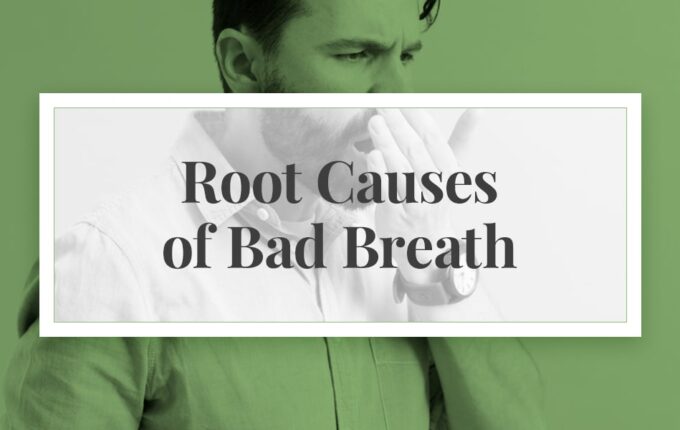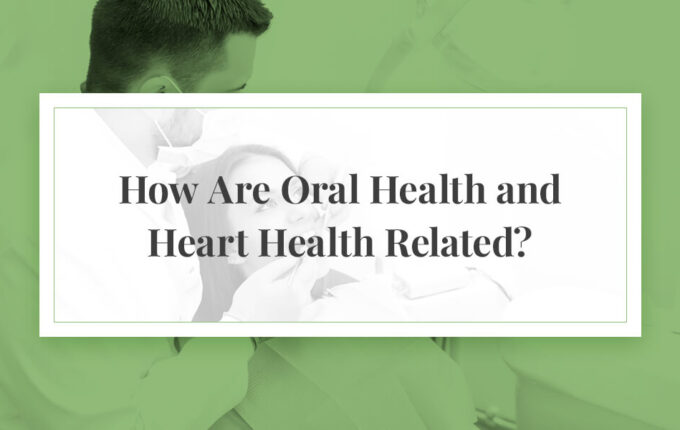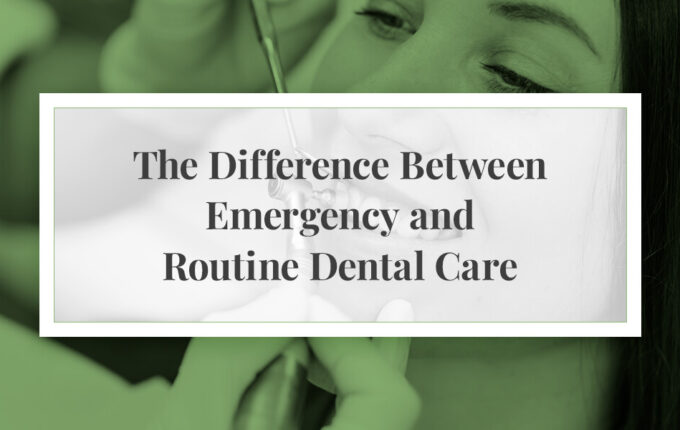2 Types of Teeth Stains (And How They Can Be Prevented)
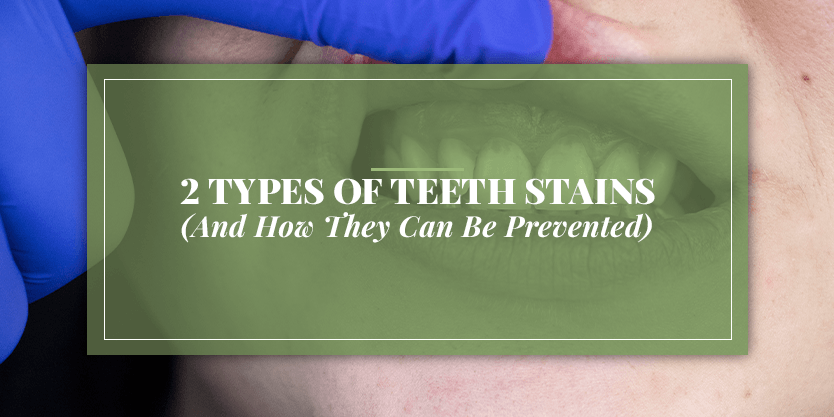
When you look into a mirror and smile, you hope to see bright, pearly whites reflected back to you. But not everyone has white teeth. Natural tooth color varies from person to person and can vary from tooth to tooth inside the same individual’s mouth. While there is a natural range of tooth colors, stains on teeth can also affect the way your smile looks.
If you feel self-conscious about the color of your teeth, you can do something about it. The first step is to determine what is causing the discoloration. From there, you can figure out what to do to prevent it from worsening or to reverse it, creating a brighter, whiter smile.
Types of Teeth Stains
Although many different factors cause stains on the teeth, there are only two major types of teeth stains: extrinsic and intrinsic. Changes in the color of your teeth can be a result of one or the other type or a combination of the two.
Extrinsic Teeth Stains
Extrinsic teeth stains build up on the tooth surface. Usually, an external factor causes an extrinsic tooth stain, such as food and drink. Smoking or using other forms of tobacco can also cause extrinsic stains on the teeth.
Extrinsic stains come in a rainbow of colors. Yellow and brown stains are the most common. Foods, such as chocolate, and drinks, such as tea and coffee, often cause the teeth to turn yellow. Brushing the teeth and flossing can help remove the source of the stains, improving the color of teeth. If a person does not practice oral hygiene at home, the surface stains can build-up and eventually turn brown. People who drink a lot of red wine might notice that their teeth have a purple tint due to staining from the wine.
Among the causes of extrinsic teeth stains are:
- Foods
- Drinks
- Tobacco
- Bacteria
- Exposure to certain minerals
Intrinsic Teeth Stains
While extrinsic teeth stains form on the outside of the teeth, intrinsic stains develop from within the tooth. An intrinsic stain occurs because something inside of the tooth has changed. In some cases, it might be that the dentin, the hard tissue beneath the enamel, has changed color. If you take certain medications, your dentin can become yellower or grayer. It can show through the enamel, depending on the thickness of the enamel, giving your teeth a yellow or gray tint.
Although fluoride is an important mineral for teeth and can help prevent cavities, getting too much fluoride at a certain age can affect the color of the teeth. People who ingested high amounts of fluoride as their teeth developed might have white or brown spots on their teeth.
Age-Related Teeth Stains
Age-related teeth stains often develop as a combination of intrinsic and extrinsic stains. Drinking coffee, tea and wine, having a tobacco habit and eating stain-causing foods for years can make you more likely to have extrinsic stains. As you get older, your dentin is also more likely to change color, becoming yellower or darker, and the enamel of your teeth is likely to become thinner.
How much discoloration you experience as you get older depends on the color your teeth were before as well as your lifestyle habits. You can minimize the effects of staining by avoiding tobacco products and foods and drinks that contribute to discoloration. Professional teeth whitening can also help you get a brighter smile.
What the Color of Your Teeth Stains Really Mean
Normal tooth color ranges from yellowish-white to white. If your teeth are a different color, you can determine what is behind the change in hue and decide how to correct the color change.
- Red: Drinking red wine can give teeth a purplish-red tint. Chewing betel leaves or nuts can cause the teeth to turn red-black.
- Orange: If your teeth are orange, it can be due to the presence of bacteria. Serratia marcescens and Flavobacterium lutescens are two examples of chromogenic bacteria that can give the teeth an orange tint. Stain-causing bacteria form on the teeth when a person does not practice regular oral hygiene habits.
- Yellow: Yellow discoloration might be the most common. Various factors can cause the teeth to become yellow over time, such as drinking coffee and tea, eating chocolate or other sugary foods and smoking. The development of plaque and tartar often contributes to the yellowish appearance of teeth. In addition to diet and lifestyle factors, yellowing of the teeth can occur as a side effect of some medications or as a result of having chronic dry mouth.
- Green: Green stains often develop when Penicillium or Aspergillus species of bacteria or fungus are present. The bacteria and fungi can grow when a person does not practice good oral care at home. Often, children who have poorly formed enamel and poor oral care habits develop green stains on the teeth.
- Blue: Exposure to high levels of certain metals, such as mercury or lead dust, can make the teeth look blue.
- Brown: After yellow, brown is one of the most common tooth stain colors. Brown stains on teeth form after years of smoking or other tobacco use. Dark-colored berries, such as blueberries and blackberries, can also turn the teeth brown, as can coffee, tea and other deeply-pigmented beverages. Some products, such as chlorhexidine rinse, which seek to solve problems in the mouth can contribute to discoloration, turning the teeth brown. Brown teeth can also be a sign that a person has significant tooth decay.
- Black: Teeth can turn black or develop black spots for several reasons. A black spot on the tooth could be an advanced cavity. It could also be discoloration caused by metal in a filling or dental crown. Exposure to certain metals, such as iron, can also make the teeth turn black. If you are taking iron supplements, you might see a change in your teeth’s color. Finally, some species of bacteria, notably Actinomyces, can turn the teeth black.
- White or brown spots: Although many people want to have white teeth, white spots on the teeth are different matters entirely. White spots develop when a person has too much fluoride when they are young and the teeth are still developing. The spots can also be brown in color. Brown and white spots also develop as the enamel wears away due to the formation of a cavity.
- Gray: One cause of teeth that look gray is the use of tetracycline, a type of antibiotic, at a young age. Because it can cause permanent discoloration of the teeth, tetracycline is not recommended for use in children under age 8 or by pregnant women.
It is worth remembering that the color of your teeth is largely determined by genetics. You might naturally have teeth that look more yellow than other people’s due to the color of your dentin or the thickness of your enamel.
Preventing Teeth Stains
Knowing what type of tooth stain you are experiencing and what your stain color means can help you make better lifestyle choices that help prevent tooth stains. Additionally, you can follow other general practices to prevent tooth stains.
- Reduce consumption of stain-causing food and beverages: If possible, reduce the number of staining beverages you drink and the amount of tooth-staining foods you eat. Stain-causing foods and drinks include those darker in color and those high in acid content, such as tomato sauce. Sugary foods and drinks, such as cola and chocolate, can also discolor the teeth.
- Drink through a straw: If you do not want to completely cut coffee, tea, soda or wine from your diet, changing how you consume those beverages can help to reduce or prevent stains on the teeth. When you drink through a straw, the liquid bypasses the teeth, traveling almost directly down your throat. Drinking through a straw can be an appropriate choice if you want to enjoy the occasional soda, iced tea or iced coffee.
- Eat a high-fiber, low-sugar diet: Sugary foods contribute to staining and cause tooth decay. Meanwhile, foods that are high in fiber can be beneficial for the health of your mouth and teeth. Fibrous foods, such as leafy greens and apples, encourage saliva production, which can rinse food particles and bacteria off of the teeth. High-fiber foods also help to neutralize acids, reducing the wear and tear on the enamel.
- Cease tobacco use: Preventing brown stains on the teeth is just one of many reasons why smoking cessation is an excellent idea. When you stop using tobacco, you also lower your risk of gum disease, cavities and numerous other health concerns. If you are ready to quit smoking or using other tobacco products, we are here to help. We can help you find a smoking cessation program or method that will work for you.
- Brush your teeth twice a day: Practicing excellent oral care at home allows you to wash away extrinsic stains. Brush your teeth at least twice a day. You can use whitening toothpaste at home to help minimize stains. Also, remember to floss at least once a day to remove food particles and plaque that can get stuck between the teeth.
- See your dentist for regular cleanings and exams: Great oral care at home is just the start. Scheduling regular cleanings and dental checkups with your dentist can help you minimize discoloration of the teeth and keep your entire mouth healthy. During a professional cleaning, we will remove plaque and tartar from the teeth, restoring them to their original color. We will also polish the teeth so they look their best.
- Treat medical conditions: Certain medical conditions or physical injuries can discolor the teeth. For example, if you grind your teeth, the enamel can wear down over time, making the teeth appear discolored. Treating tooth grinding and other conditions can minimize any discoloration or other changes to your teeth.
Removing The Different Types of Teeth Stains
Should you begin to notice some discoloration on your teeth, you have several options for removing it, depending on the cause of the discoloration.
- Brushing and flossing: Brushing your teeth several times a day and flossing daily will remove extrinsic stains from your teeth. Ideally, you will brush as soon as possible after eating or drinking stain-causing foods or beverages. If that is not possible, chewing sugar-free gum can stimulate saliva production, rinsing food particles from the surface of the teeth and keeping stains away.
- Professional dental cleaning: During a professional teeth cleaning, a hygienist will scrape tartar away from the surface of the teeth, removing discoloration and letting the natural color of your teeth show through. At a twice-yearly dental appointment, your dentist can also identify and treat any cavities or other dental issues that can contribute to discoloration.
- At-home teeth whitening: If brushing and flossing are not enough to improve the color of your teeth, you might see some benefit from using over-the-counter, at-home teeth whitening products, such as whitening strips. We recommend talking to your dentist before choosing a product. We are happy to recommend whitening products to you and to help you choose the one that will be more effective for your particular concerns.
- Professional teeth whitening: While at-home whitening kits can effectively treat extrinsic stains, they are not effective on intrinsic stains. If you have intrinsic staining on the teeth or a combination of extrinsic and intrinsic stains, you might see the most benefit from a professional, in-office teeth whitening treatment.
Seeing a Dentist for Your Type Of Teeth Stain
Not all teeth stains respond to whitening treatments in the same way. Some stains cannot be bleached away, for instance. To help you avoid frustration, it can be worthwhile to speak to a dentist before you begin any teeth whitening treatment. We can identify the source of the discoloration and recommend a treatment that will be effective. If treatment will not help remove stains, we will let you know. Gray tones or discolorations caused by medications or trauma can be difficult to correct through bleaching or other whitening methods.
It is also important to note that many types of dental restorations, such as crowns and veneers, will not respond to whitening treatments. If you are interested in changing the color of a dental restoration, you might need to replace the entire crown or cap.
We are here for you and want you to get a healthy smile you feel confident about. Even if you are not sure what type of whitening toothpaste is the right one to use or if you have questions about the benefits of in-office versus at-home whitening, we are here to answer them.
Schedule a Consultation With 209 NYC Dental
Whether teeth whitening is right for you or not depends on the type of stains you have and your overall goals. The Zoom whitening procedure removes extrinsic stains, giving you a brighter smile after a single 15-minute treatment. To learn more about professional, in-office teeth whitening, book a consultation or give us a call at 212-355-2290 today.
 Our History
Our History
 Our Providers
Our Providers
 About Us
About Us
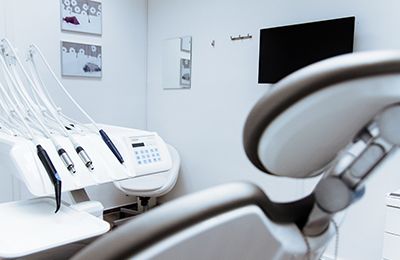 Blog
Blog
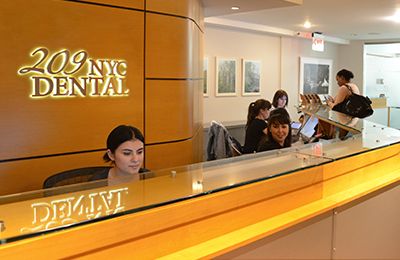 Contact us
Contact us
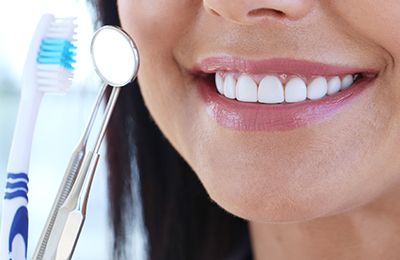 Diagnostic & Preventive
Diagnostic & Preventive
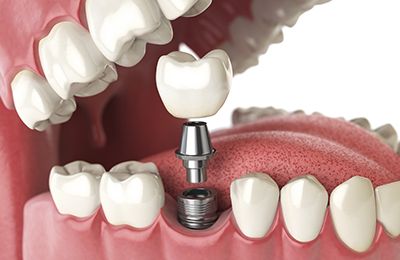 Implant Dentistry
Implant Dentistry
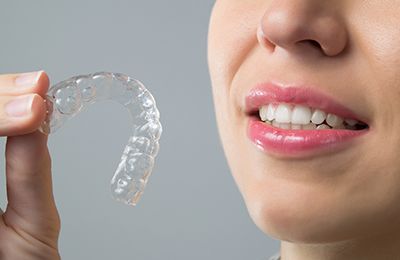 Clear Braces - Invisalign
Clear Braces - Invisalign
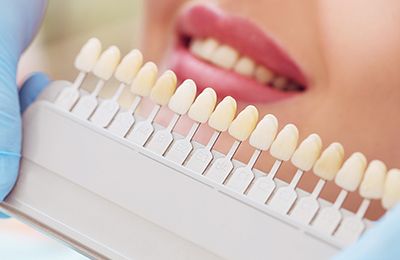 Cosmetic Dentistry
Cosmetic Dentistry
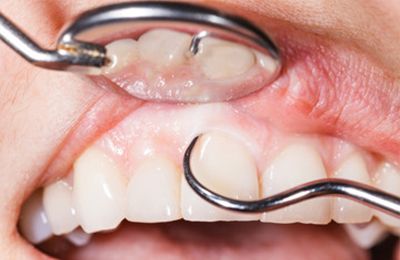 Periodontics
Periodontics
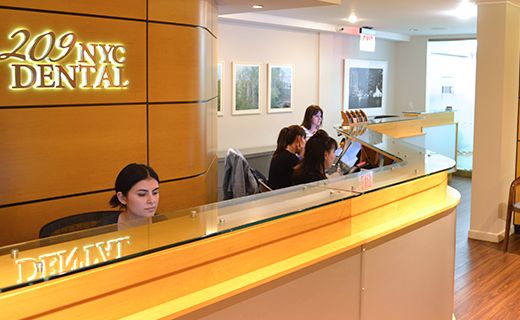 Patient Forms
Patient Forms
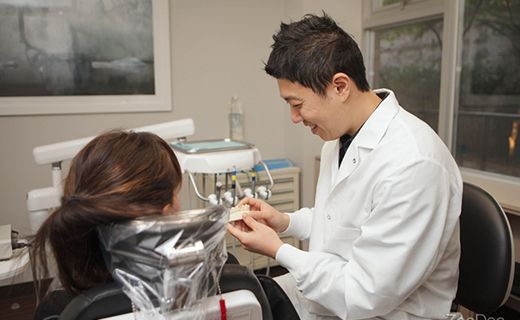 Payment Information
Payment Information
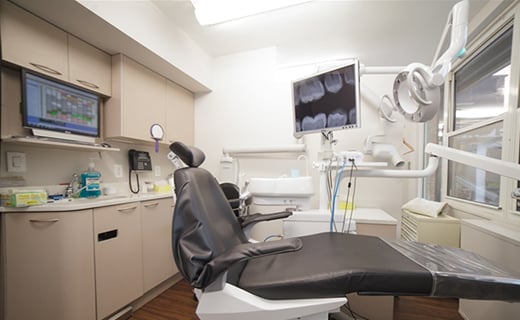 Insurance Options
Insurance Options
 CareCredit Dental
CareCredit Dental
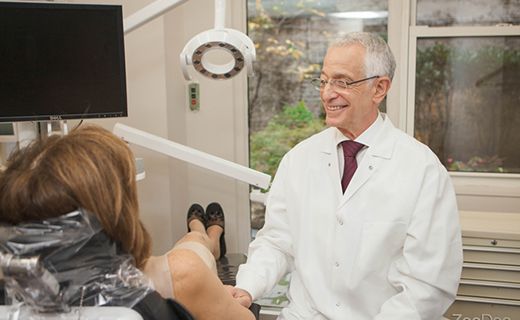 Appointment Policy
Appointment Policy
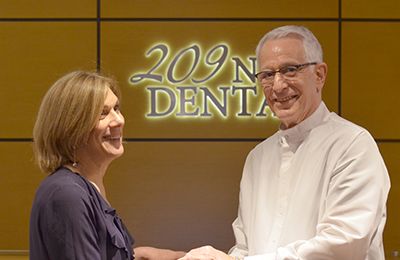 Free Consultation
Free Consultation
 Complimentary Teeth Whitening
Complimentary Teeth Whitening
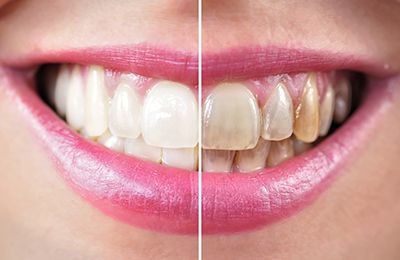 Teeth Whitening
Teeth Whitening




